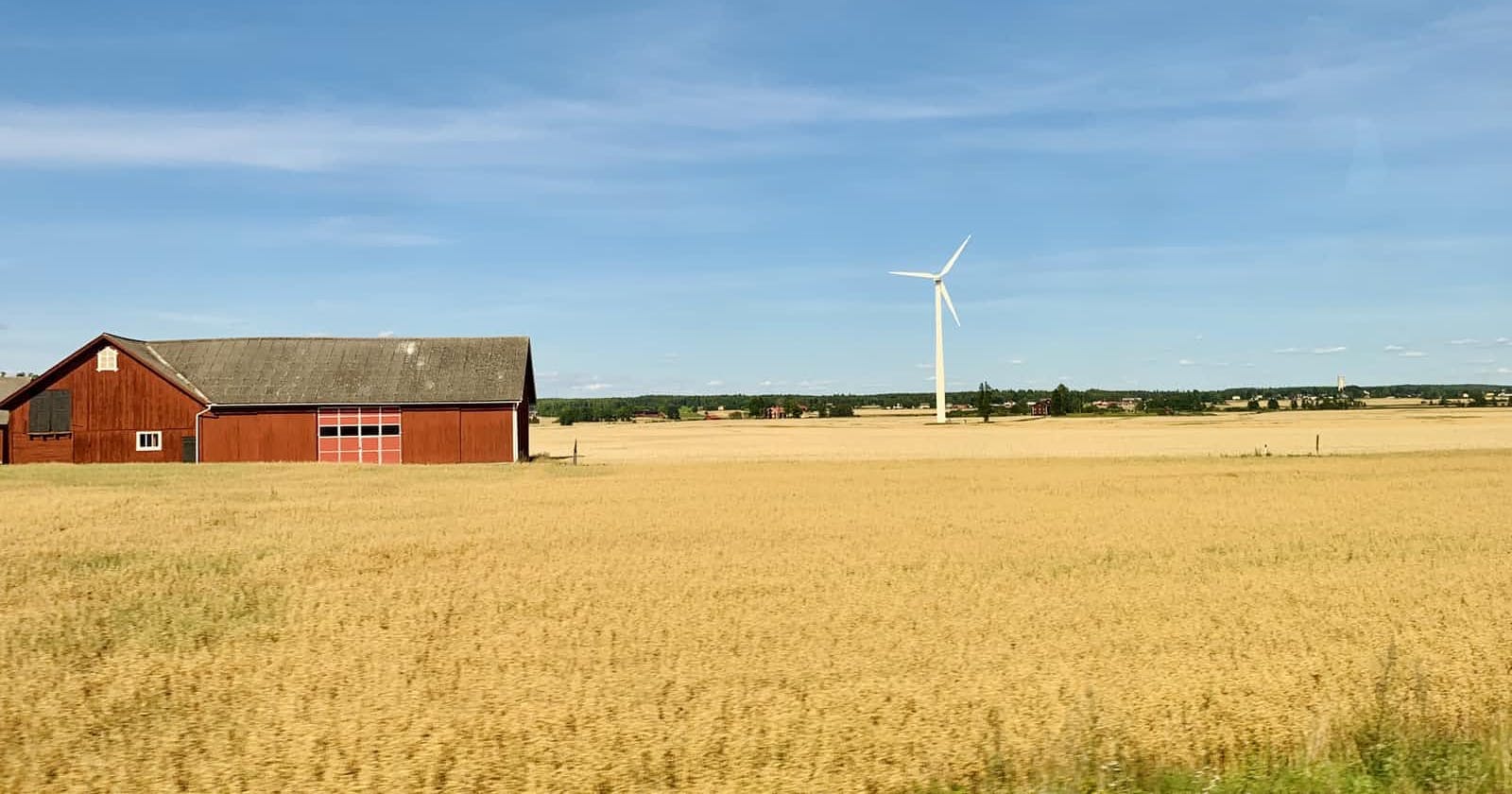HTML refresher. Today I Learned: Thursday, 30 June 2022
- I am slowly getting my head around Jira and Confluence. I initially set up our organization/page/space/group/team, whatever its called. However, I’ll be passing on the admin roles to our project manager as his position is more suited to that role. This will free up my time to work on the front end.
HTML:
- <!DOCTYPE html> this is used to tell browsers that the code is written in HTML. Place it at the top of the code.
- <head></head> The head tag is used to contain metadata. Its’ content is not visible in the browser. It is placed just under the <html> tag.
- Within the <head> tags are the <title></title> tags. Text in these tags will appear in the tab of the page, at the top of the browser. It is always inside the <head> tag.
<a></a> is the anchor element. You use it to insert a hyperlink into the page. Text within the tags will be displayed, but if you click the text, it will bring you to the provided link. You provide the link by inserting a href attribute into the first tag. Eg. \ <a href = “www.facebook.com”>Link to Facebook</a> \
- Within the <a> element is also the target attribute. Use this to open the link on a new page, rather than switch the current page. \ Eg. \ <a href = “www.facebook.com” target=”_blank”>Link to Facebook</a>
- You can also wrap opening and closing anchor tags around an <img> element if you want to turn the image into a link.
- Root directory is the name for the main folder to keep your HTML files in.
- Absolute path is the name for the full URL to the file.
- Relative path is the path relative to where the user is located now. \ Eg. \ ./filename.mp4 \ … the ‘.’ at the start of that relative path refers to the directory you are currently in.
- The World Wide Web Consortium, (W3C) is responsible for maintaining the style standards of HTML.
- Comments in HTML are written this way <!-- comment -->. They will not be visible in the browser.
- <table> element is used to create a table in HTML.
- <tr> stands for table row. These need to be added to a <table> just like the way <li> tags need to be added to <ul> and <ol> elements.
- Within <tr> tags, you need to add <td> table data tags.
- Also within <tr> tags, you can add <th> tags which stands for table heading.
- deprecated means that that code is outdated and no longer in use.
- colspan is an attribute to put in a <td> element. The integer assigned to it represents the number of columns within the <td> that it spans across.
- rowspan is a similar attribute to determine the amount of rows the <td> spans across.
- <tbody>, this element can be used to section off tables if it becomes too large. To use it, wrap the entire table in <tbody> opening and closing tags.
- <thead> is similar, however it is used to section off the table head.
- <tfoot> is similar, but for the foot of the table.
React Native is different from React JS. The former is for developing cross platform apps. The latter is for developing the UI layer. \
Filecoin are hosting a hackathon in Toronto from July 4 - 6.

